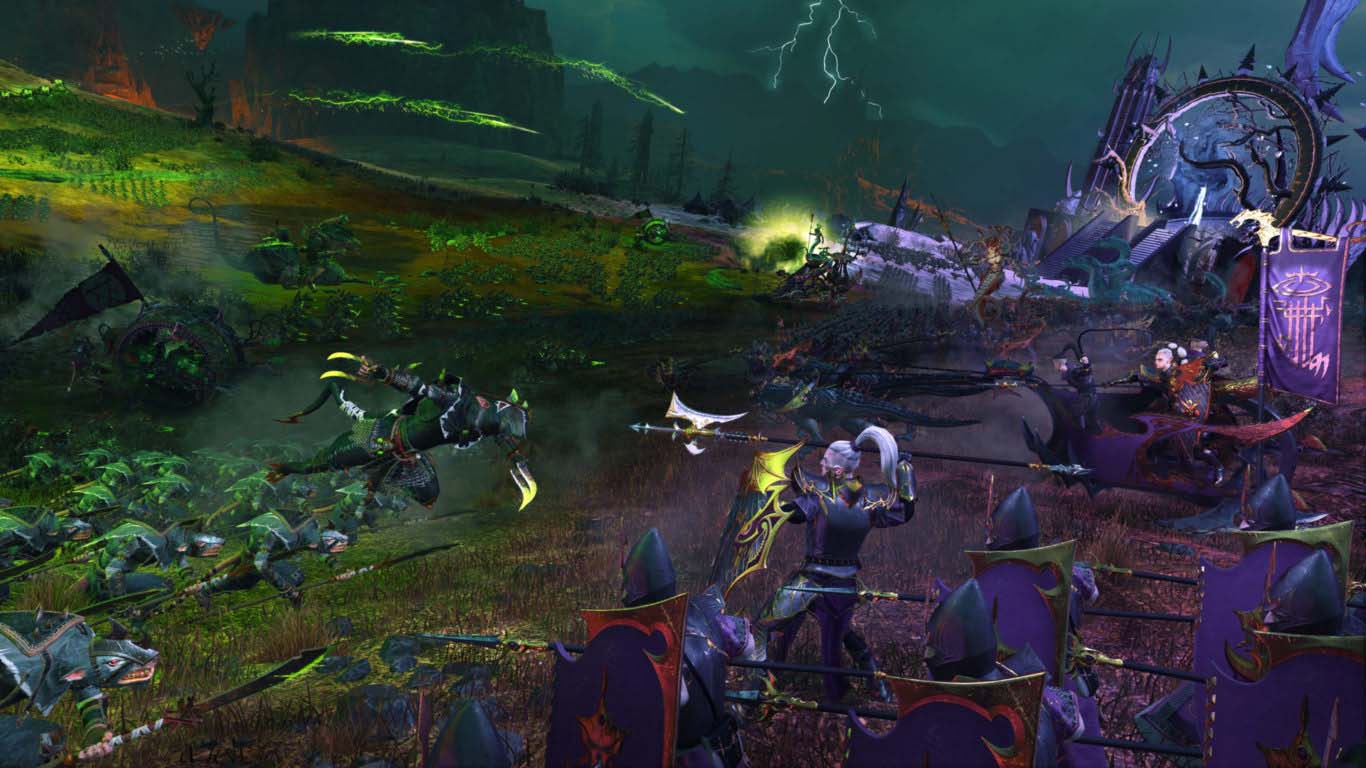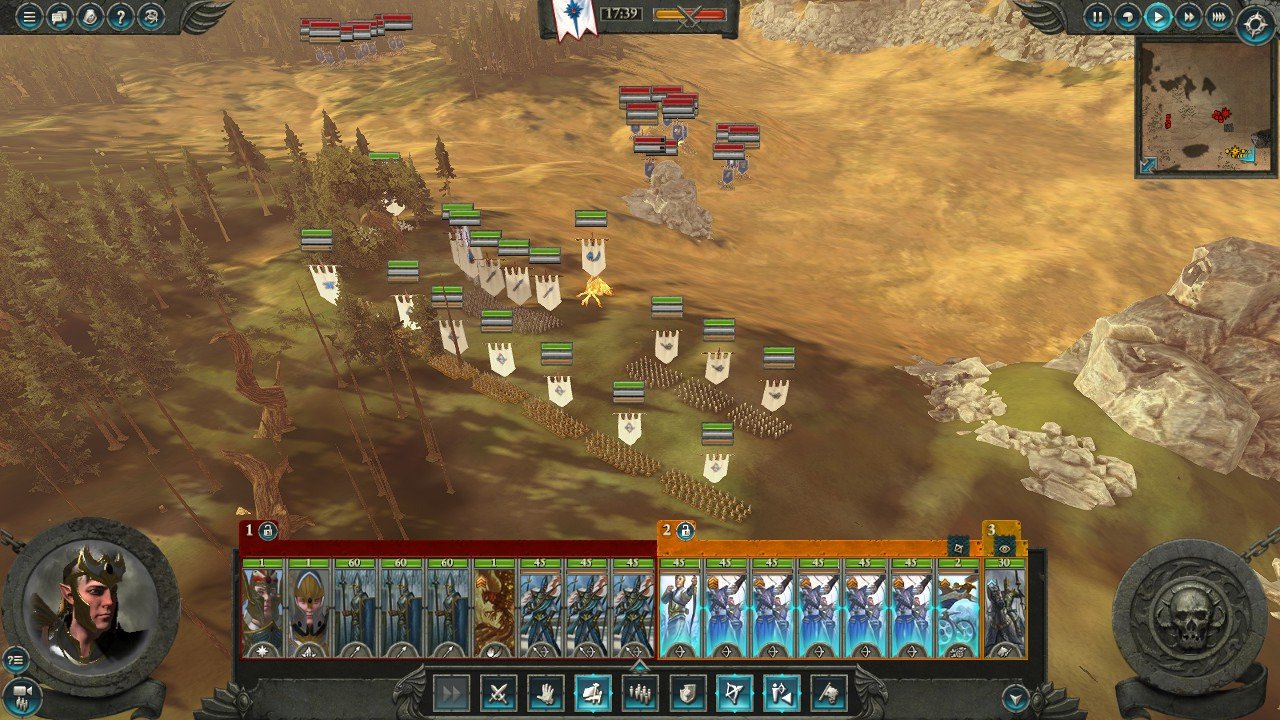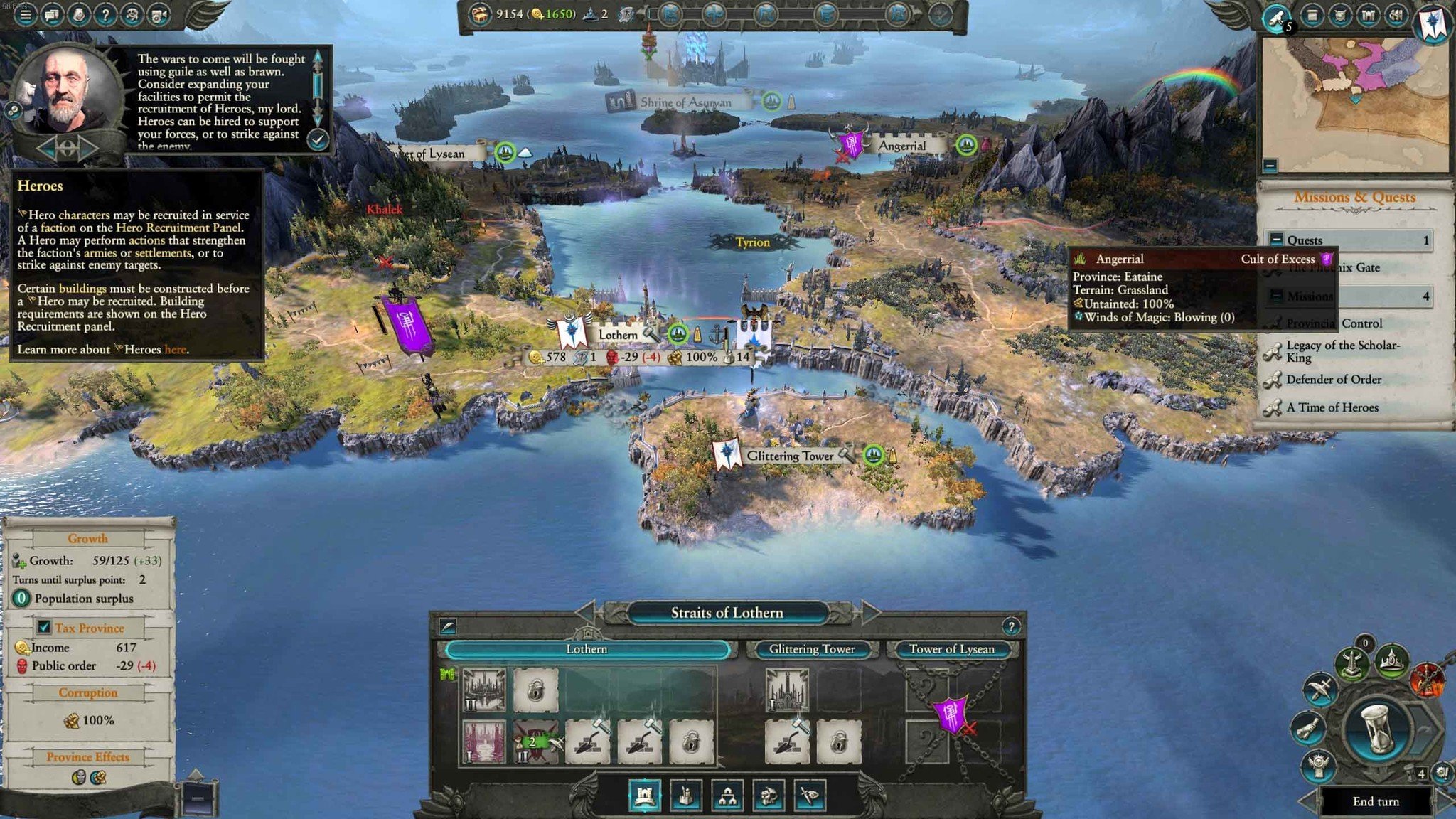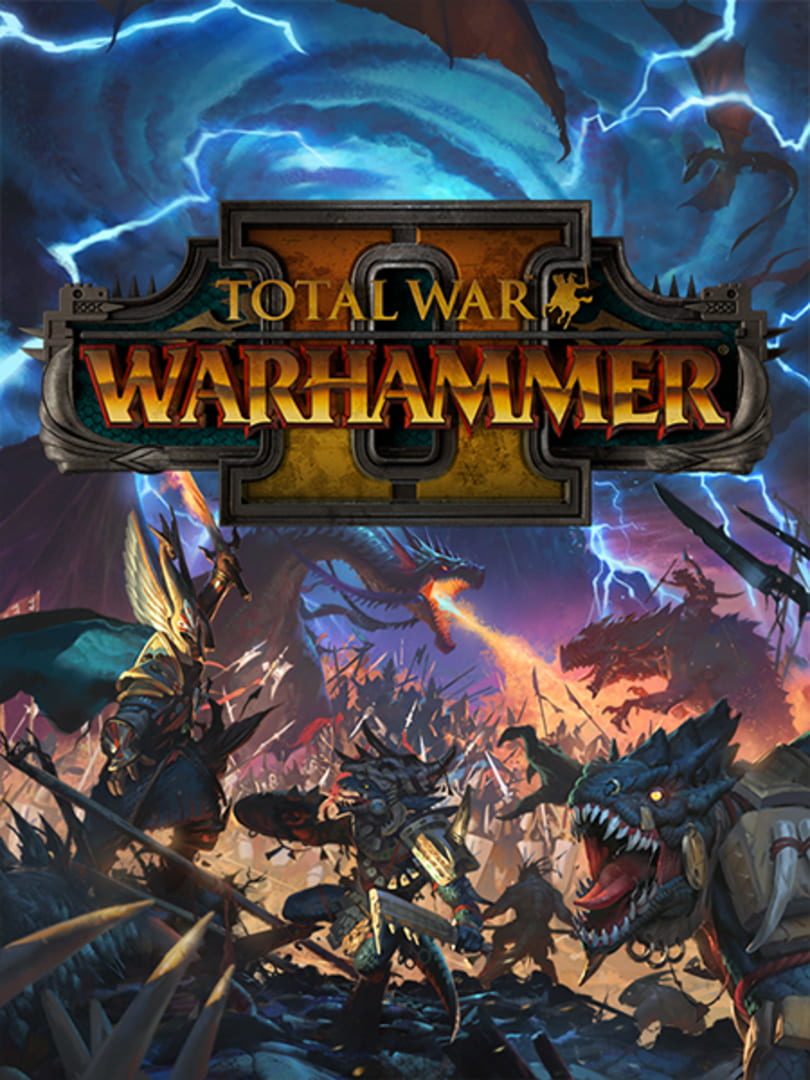
Is Total War: Warhammer II worth playing in 2022?
What is Total War: Warhammer II?
Released in 2017, Total War: Warhammer II is the sequel to 2016's Total War: Warhammer developed by Creative Assembly and Feral Interactive. The sequel has received countless positive reviews and award nominations, and it is generally beloved by longtime fans of the series. Best part? It's still receiving updates and DLCs. If you're a fan of PC strategy games, you've likely at least heard of Total War: Warhammer II if it's not already in your Steam library.
The Total War series of PC games has been around for nearly two decades, spawning plenty of titles before the 2016 mashup with Warhammer, which itself began as a tabletop wargame in 1983. With Total War: Warhammer II, you get the time-tested mix of turn-based strategizing, and real-time epic battles from Total War, all centered around the deep Warhammer fantasy lore fans know and love.
If you ask a longtime fan what they think of the game, they'll tell you to sit back and get comfortable because of how much they want to talk about. Just visiting the store page on Steam is a bit overwhelming, especially with all the extra content. So what's it like trying to jump into Total War: Warhammer II if you're a total newcomer to the series?
Breaking into Total War: Warhammer II as a complete newbie

Getting into a strategy game after numerous DLCs have been released can be daunting. When I first sat down and installed the base game, I was worried I wouldn't have any clue what was going on. And I didn't. Thankfully, the first Lord Tyrion's campaign includes a thorough tutorial that gets you up to speed on troop control, real-time battles, and all the management of cities, armies, and movement that happens in the turn-based part of the game.
To be honest, I'd never played Total War or anything Warhammer before this experience, but I have played plenty of other strategy games. I was immediately reminded of the Civilization series while learning about the turn-based sections, with population control and happiness functions, having to choose what to do with captured cities and settlements, diplomacy, and moving armies around the board to cut off enemy movement and establish zones of control.

The real-time battles are reminiscent of Age of Empires II, another favorite of mine. Elevation plays a role — you want the high ground — and you want to ensure you're using proper counters against enemy troops. Moving mobile units to hit a flank is highly recommended, and in Total War: Warhammer II, you can actually hide units in forests for surprise attacks on the flank. And like another solid strategy game, Age of Mythology, standard spearmen, archers, and cavalry are joined by fantastic beasts with special abilities that can turn a battle around.
But unlike other strategy games I enjoy, everything is on a much more epic scale. Instead of handling individual soldiers, you manage units made up of many troops. Clicking and dragging with units selected lets you choose their positioning and orientation, allowing for a much deeper strategy. Battles are absolutely massive, and extensive camera control, including zoom and rotation, let you see all that's happening. It's sometimes difficult to keep tabs on which units are retreating and which are rallying as well as when I need to stop attacking an enemy and move elsewhere, but I expect that knowledge will come with time.
Get the Windows Central Newsletter
All the latest news, reviews, and guides for Windows and Xbox diehards.
The Lord you play also has skill levels and a tech tree, giving the game some extra RPG elements. As you become more renowned, bannermen and followers will join your crusade. It's fair to say there's an unreal amount of depth in this game, and I've only begun to scratch the surface by making my way through the first Lord's campaign. But it's not as hard of a game to catch onto as I thought, and while I still need to get the hang of commanding troops in battle and managing populations in my cities and settlements, I think I'm on the right track.
Playing the long game
So far, I've focused on learning how to play through the base game, complete with four races: High Elves (which I started with to get access to the tutorials), Dark Elves, Lizardmen, and Skaven. The developers have created a respectable amount of free content since the game's release, adding new leaders, factions, subfactions, units to the different races, and multiplayer maps. Yes, there is an enormous multiplayer portion of the game that I haven't yet been brave enough to jump into, though I suspect hitting the campaign in co-op mode with a seasoned pro would be a great way to learn some more in-depth strategy.
There have also been numerous paid DLCs released since 2017, including the most recent The Shadow & The Blade which also brings plenty of balance, cosmetic, and quality-of-life changes. Spread out over all extra content are new races — Tomb Kings and Vampire Coast — as well as new leaders, lords, and units. When you jump into a game without the DLC, you'll still face off against the original content; purchasing the pack lets you use the units yourself. It's a smart way not to split the player base, and it allows players to pick and choose which content they'd like to unlock.
If you own the first Total War: Warhammer game, the Mortal Empires free DLC allows you to combine the two games into one massive campaign. It's expected that Total War: Warhammer III, which does not yet have a release date, will follow the same format, allowing you to combine the three games into an ultimate Warhammer experience.
And finally, the game still looks great a couple of years after release. It doesn't have the most detailed graphics I've seen, but the enormous scale certainly makes up for any rough edges. And the fact that it runs smoothly at 1440p is a welcome addition. If you've been looking for a new strategy game on PC and haven't yet given Total War: Warhammer II a shot, it's definitely worth at least a try.

Cale Hunt brings to Windows Central more than eight years of experience writing about laptops, PCs, accessories, games, and beyond. If it runs Windows or in some way complements the hardware, there’s a good chance he knows about it, has written about it, or is already busy testing it.

